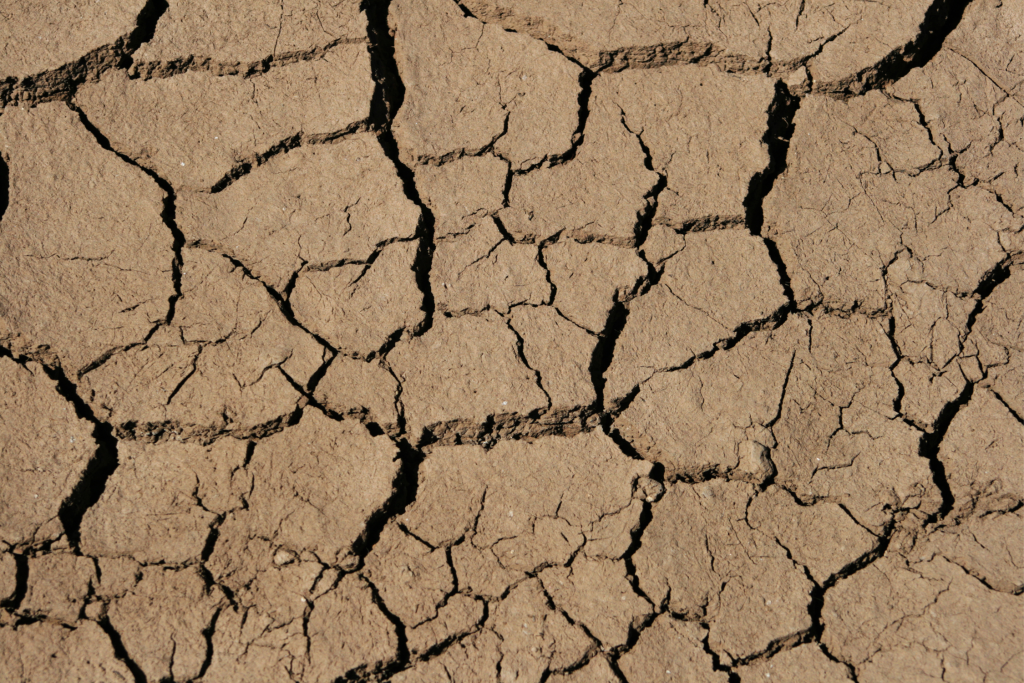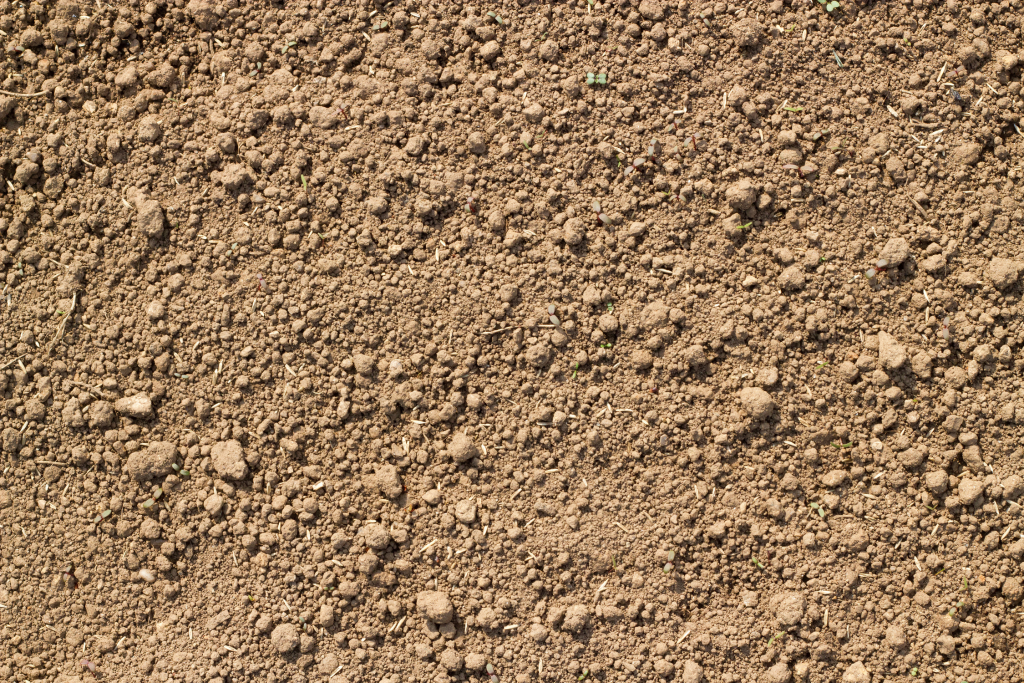
Soil is the foundation of any successful garden, and understanding its composition is crucial for optimal plant growth. Among the various soil types, silty soil holds a unique place due to its fine texture and high fertility. This blog delves into the characteristics of silty soil, its benefits, challenges, and how to manage it effectively in your garden.
What is Silty Soil?
Silty soil is one of the three primary soil types, the other two being sandy and clay soils. It is composed of fine particles that are smaller than sand but larger than clay, giving it a smooth, powdery texture when dry and a slick, soapy feel when wet. This soil type is typically found in areas where rivers and streams have deposited fine sediments over time.
Characteristics of Silty Soil

- Texture and Appearance: Silty soil has a fine, smooth texture and feels soft and soapy to the touch. It holds moisture well and can be easily compacted.
- Fertility: Rich in nutrients and organic matter, silty soil is highly fertile and promotes robust plant growth.
- Drainage: While it retains moisture better than sandy soil, silty soil has moderate drainage capabilities. This balance can be beneficial but also poses a risk of waterlogging.
- Erosion: Silty soil is more prone to erosion compared to other soil types due to its fine particles, which can be easily carried away by wind and water.
Benefits of Silty Soil
- Nutrient Retention: The fine particles in silty soil retain nutrients well, providing a rich growing medium for plants.
- Moisture Retention: Silty soil’s ability to hold water ensures that plants have a consistent supply of moisture, reducing the need for frequent watering.
- Ease of Work: Silty soil is relatively easy to work with due to its smooth texture, making it simple to till, plant, and cultivate.
Challenges of Silty Soil
- Compaction: Due to its fine particles, silty soil can compact easily, reducing aeration and root growth. This can be mitigated by regular tilling and the incorporation of organic matter.
- Erosion: The fine particles in silty soil are more susceptible to erosion. Mulching and cover cropping can help protect the soil surface and reduce erosion risks.
- Waterlogging: While silty soil retains moisture well, it can also become waterlogged if drainage is poor. Proper garden design and drainage solutions can alleviate this issue.
Tips for Managing Silty Soil
- Add Organic Matter: Incorporating compost, well-rotted manure, or other organic materials can improve soil structure, enhance drainage, and increase nutrient content.
- Regular Tilling: To prevent compaction, regularly till the soil, especially before planting new crops. This will help maintain good aeration and root penetration.
- Mulching: Applying a layer of mulch on top of the soil helps retain moisture, reduce erosion, and suppress weeds.
- Plant Cover Crops: Growing cover crops like clover or rye during off-seasons can protect silty soil from erosion and improve its structure by adding organic matter.
- Proper Water Management: Avoid overwatering and ensure proper drainage to prevent waterlogging. Raised beds or contour planting can help manage excess water.
Conclusion
Silty soil, with its fine texture and high fertility, offers a favorable growing environment for many plants. By understanding its characteristics and managing it effectively, gardeners can harness the benefits of silty soil while mitigating its challenges. Regular maintenance, organic amendments, and thoughtful garden design can transform silty soil into a thriving foundation for your garden.
Whether you’re a seasoned gardener or just starting out, taking the time to understand and care for your soil will pay off in healthy, productive plants and a beautiful, sustainable garden.



